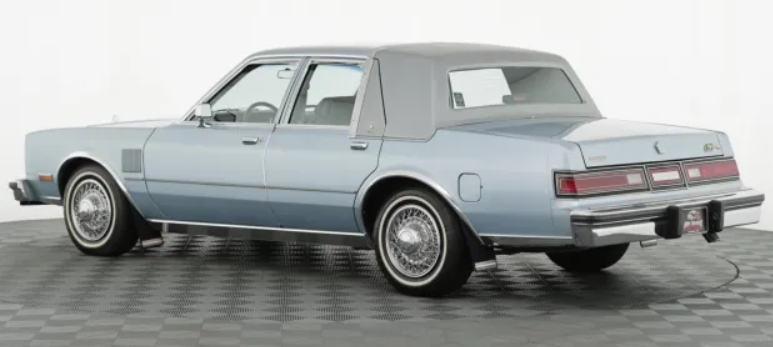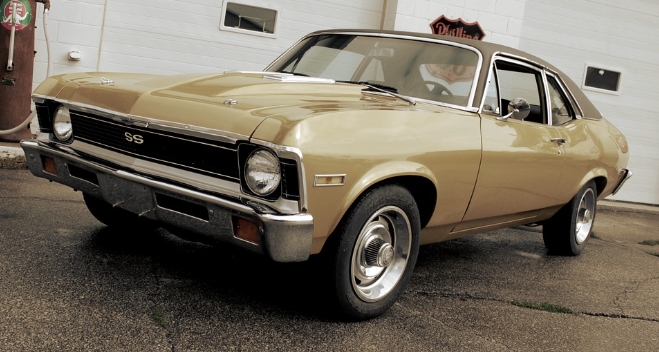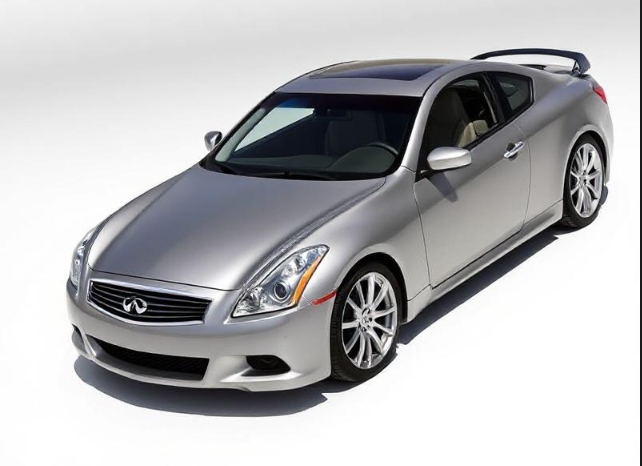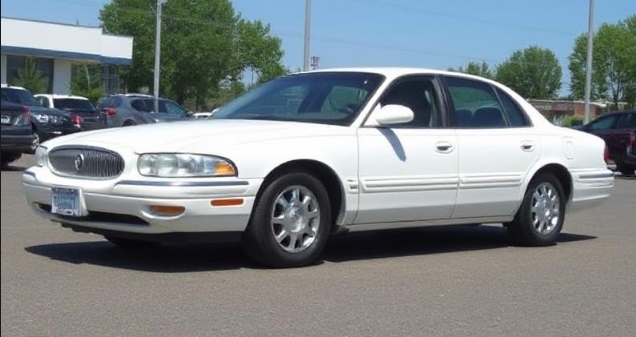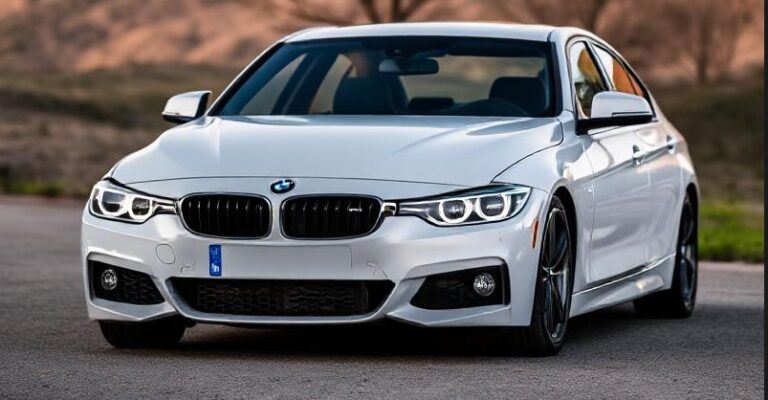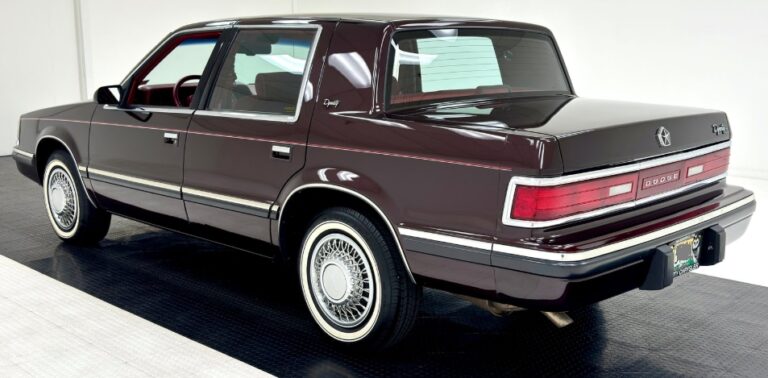The Evolution of the Chrysler Fifth Avenue: A Journey Through Luxury
The Chrysler Fifth Avenue, known for its unmistakable design and opulent luxury, was a signature model produced by Chrysler from 1979 to 1993. Over 15 years, the Fifth Avenue carved out a space in the automotive landscape, representing American luxury and comfort. This article will explore its evolution, detailing the models, trim levels, and important changes throughout its production years.
Origins: 1979-1985
The Chrysler Fifth Avenue debuted in 1979 as a continuation of the Chrysler Newport and as a step forward in the full-size luxury sedan market. Positioned above the Chrysler Cordoba and below the Imperial, the Fifth Avenue was designed to attract those seeking a blend of traditional American luxury with modern styling.
1979-1985: The Initial Years
When it first hit the market, the Fifth Avenue was built on the Chrysler M-body platform, shared with the Chrysler New Yorker and Dodge St. Regis. Initial models featured a 5.2-liter (318 cubic inches) V8 engine, paired with a three-speed automatic transmission. The trim levels offered during this initial run included two primary choices: the base Fifth Avenue and the more upscale Fifth Avenue with additional premium features.
Key Features:
- Stately design with a formal roofline
- Luxurious upholstery options, including leather
- advanced options such as power windows, power locks, and a stereo system
In 1982, the model received some refinement, incorporating more luxury amenities like a digital dashboard and improved sound insulation. The 1983 and 1984 models came equipped with a 5.9-liter (360 cubic inches) V8 engine option, offering more power alongside the standard 318 engine. By the mid-1980s, Chrysler focused on offering enhanced suspension systems and improved handling characteristics that appealed to buyers seeking comfort.
Mid-1980s Update: 1986-1990
As automotive design and technology continued to advance, the Fifth Avenue underwent its most significant redesign in 1986. This new generation embraced a more modern aesthetic, introduced during a time when full-size sedans began competing with imports like Lexus and Acura.
1986-1990: New Generation
The 1986 Fifth Avenue was built on a stretched version of the M-body, further adding to its spacious interior. The front fascia featured a sleek, vertical grille adorned with classic Chrysler emblems, and the car boasted a length of over 17 feet, giving it a commanding presence on the road.
Trim Levels:
- Base Fifth Avenue: Standard features included a luxurious vinyl roof, cushy velour seating, and innovative noise-reduction technologies.
- Fifth Avenue with Luxury Package: Offered ventilated seating and digital displays, further solidifying its place among luxury sedans.
In 1987, the Fifth Avenue adopted the 3.0-liter V6 engine as an option while continuing to offer the robust V8s. This pivot was an attempt to appeal to more eco-conscious buyers while maintaining comfort and reliability. Subsequent years saw the addition of convenience features like automatic climate control, adjustable steering columns, and various upgrading options for wheels and tires.
The Tail End: 1991-1993
By the early 1990s, the automotive market faced challenges, particularly in the full-size sedan segment, as consumer preferences shifted towards compact and mid-sized vehicles. Chrysler needed to adapt, leading to the final iterations of the Fifth Avenue.
1991-1993: The Last Chapter
In 1991, Chrysler launched what would be the last generation of the Fifth Avenue. This generation largely retained the aesthetic features of its predecessor but included model year-specific updates and freshening touches.
Trim Levels:
- Fifth Avenue: The standard model still offered luxurious leather interiors and high-end audio systems.
- Fifth Avenue with Executive Package: This package added distinctive touches like upgraded audio systems, enhanced trim materials, and more advanced electronic features.
The 1992 model year saw an optional 5.2-liter V8 engine, while the standard 5.9-liter became a popular choice for those further seeking power. The overall production of the Fifth Avenue wound down as its last model rolled off the assembly line in 1993, signaling the end of an era.
.

.
Legacy and Impact
The Chrysler Fifth Avenue represents a unique slice of automotive history. During its production run, the Fifth Avenue managed to embody classic American luxury: large, comfortable roads with ample space for both passengers and cargo. It was a symbol of status, favored by those who appreciated the traditional values of comfort, style, and pride in American engineering.
Design Elements
Throughout its years, the Fifth Avenue maintained several signature design elements that defined its character:
- Formal Roofline: This feature was emblematic of mid-20th-century American luxury sedans, giving the car a dignified, prestigious appearance.
- Vinyl Roof Options: Many models came with optional vinyl roof coverings, adding a layer of traditional elegance.
- Luxurious Interiors: Plush carpets, high-quality leather seats, and thoughtful design details made every ride a comfort.
Lasting Influence
Even after its discontinuation, the Chrysler Fifth Avenue continues to garner appreciation among classic car enthusiasts. Many have taken to restoring these vehicles, reflecting a nostalgia for an era of grand automobile design. In recent years, the Fifth Avenue has even gained attention in the classic car markets, notably in auctions and car shows.
Conclusion
The Chrysler Fifth Avenue remains an enduring symbol of luxury and comfort in American automotive history. Its evolution from a plush sedan in the late 1970s to its classy last generations in the early 1990s reflects the changing tides of the automotive industry and consumer preferences. With a legacy that touched the hearts of many, the Fifth Avenue stands as an example of what luxury sedans once embodied, securing its place in the pantheon of beloved American cars.
